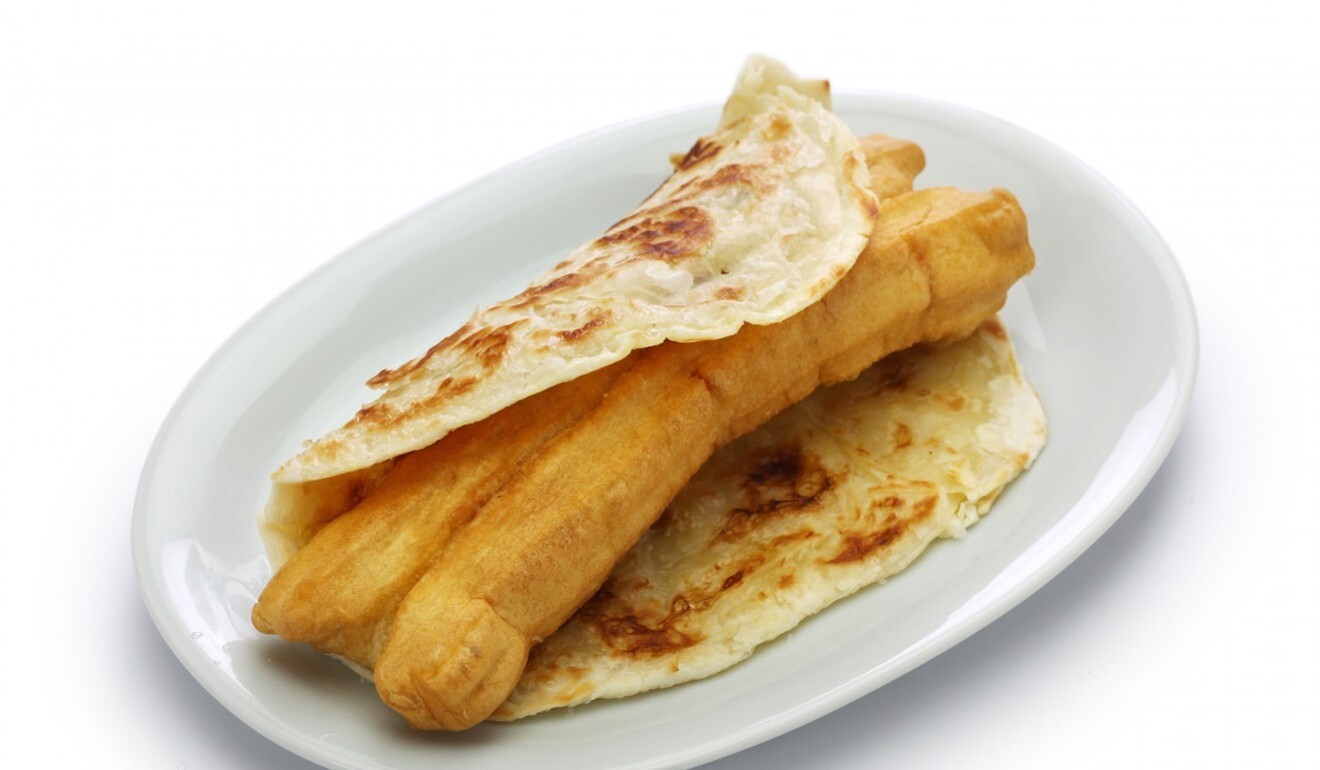
Why does northern China eat so many buns?
- The region’s harsh winters have created some of the world’s best comfort food
- Dumplings in the north are generally heartier than their southern counterparts, with thicker wrappings and more filling
Northern Chinese cuisine is comfort food at its finest — salty, greasy and hearty. Think fluffy wheat buns stuffed with ground pork, and handmade noodles drenched with thick bean sauce.
It’s also big on offal — liver, lung and intestines, mixed in salty stews of soy sauce and vinegar.
But how did this region develop such a delicious palate? Northern China’s food has been shaped by its harsh winters, where the temperature can drop as low as minus 40 degrees Celsius.
A cold climate means heavy carbs are a recurring theme.
And because rainfall in the north is sparser compared to other parts of the country, wheat is the dominant carb of choice.
Compared to rice — the other staple crop in China — wheat uses up to 8 per cent less water, making it easier to grow in the dry north.
That means most of the food is made with wheat flour. One breakfast staple is called a shaobing youtiao, essentially a deep-fried wheat cruller wrapped in baked flatbread — a bread sandwich if you will.

Other common dishes are buns, dumplings and noodles. The buns here are usually leavened with yeast and stuffed with pork or lamb meat along with green onions.
In coastal Shandong province, fish dumplings are the main culinary attraction, while inland in Shenyang, beef dumplings are king. In Tianjin, the stuffing of choice is pork.
For noodles, there’s zhajiangmian, a dish made with a sweet and salty black bean sauce, ground meat, sliced cucumbers, carrots and bean sprouts.
And then there’s also fresh handmade noodles, which can be served in beef or lamb noodle soup.
The cold winters also mean that preservation is priority, and most vegetables are fermented. Napa cabbage is the plant of choice, usually lathered in salt and pressed for weeks to make Chinese pickles, or suancai.
Meat is a predominant theme in northern Chinese cuisine, not least because the region is home to large swathes of grassland filled with grazing cows and sheep.
All the parts of the animal are used. In Beijing, offal stew is a source of comfort for many. It’s a liver and pig intestine stew, thickened with cornstarch and garnished with garlic.
Compared to other regional cuisines, northern Chinese food isn’t considered especially refined. Portions are large and carby, and dishes are very liberal on oil and salt, but it attests to the resilience of people there and their ability to overcome harsh conditions with a good meal.

